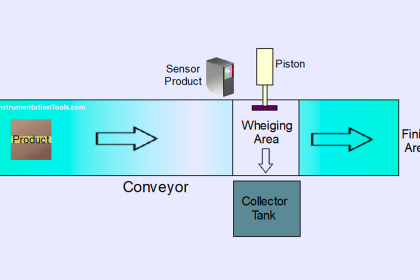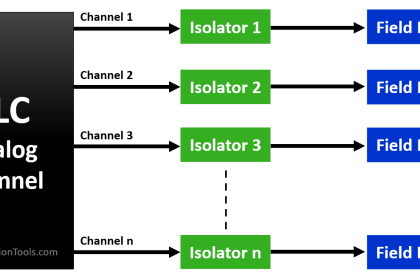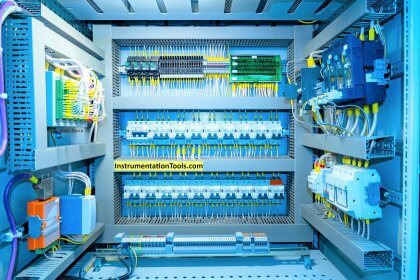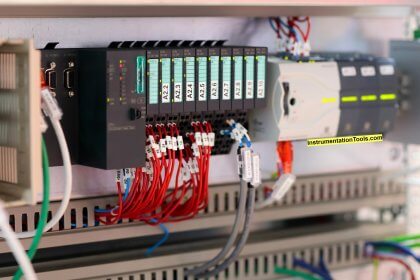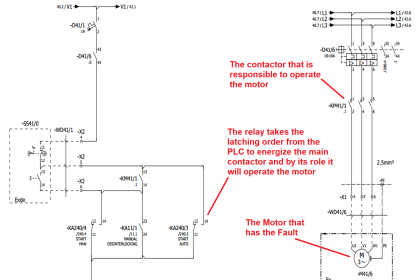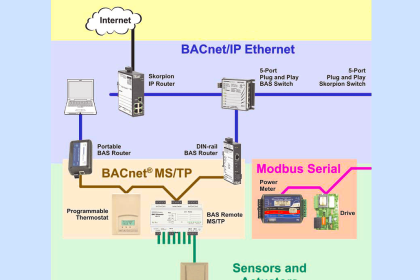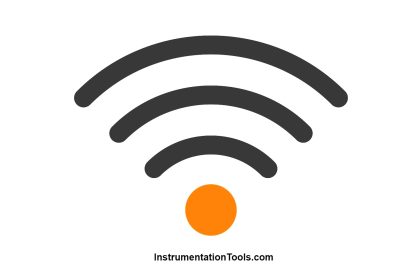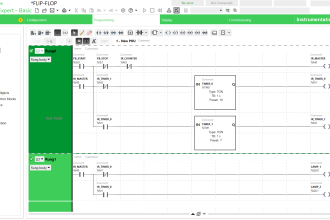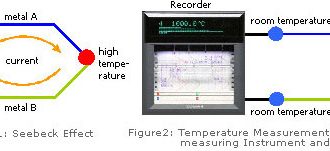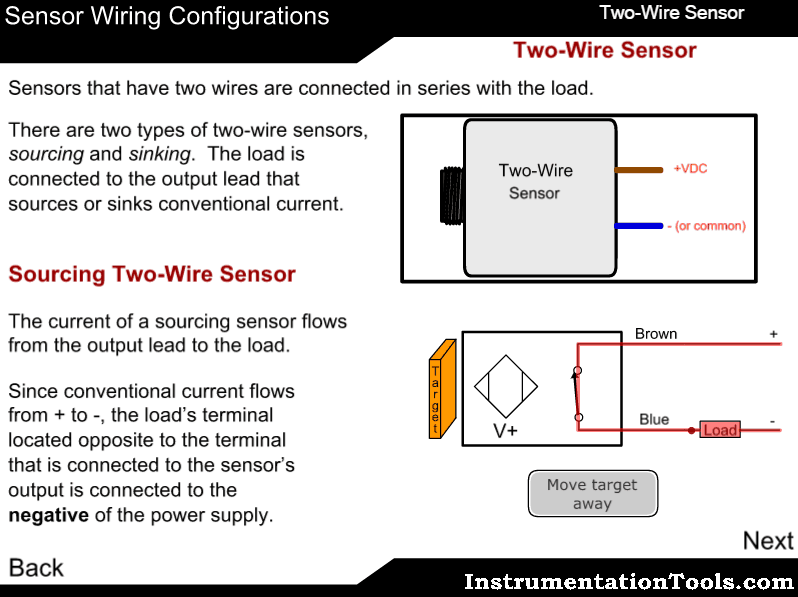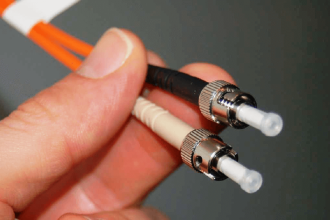If you are one of those that are interested in Industrial Automation, then of course one day you heard about the word “Redundancy”.
Redundancy in the English language means “the state of being not or no longer needed or useful” but in Industrial Automation systems, it has an important and critical function to execute.
So today are we going to understand the concept of Redundancy and how could this concept help us to build a better Automation solution.
What is meant by the Redundant Automation System?
Redundancy is about having backup components in a system that can take over if and when the primary components fail.
Redundant Automation Systems basically consist of two major elements (Master & slave) or we can call them (primary component & secondary component).
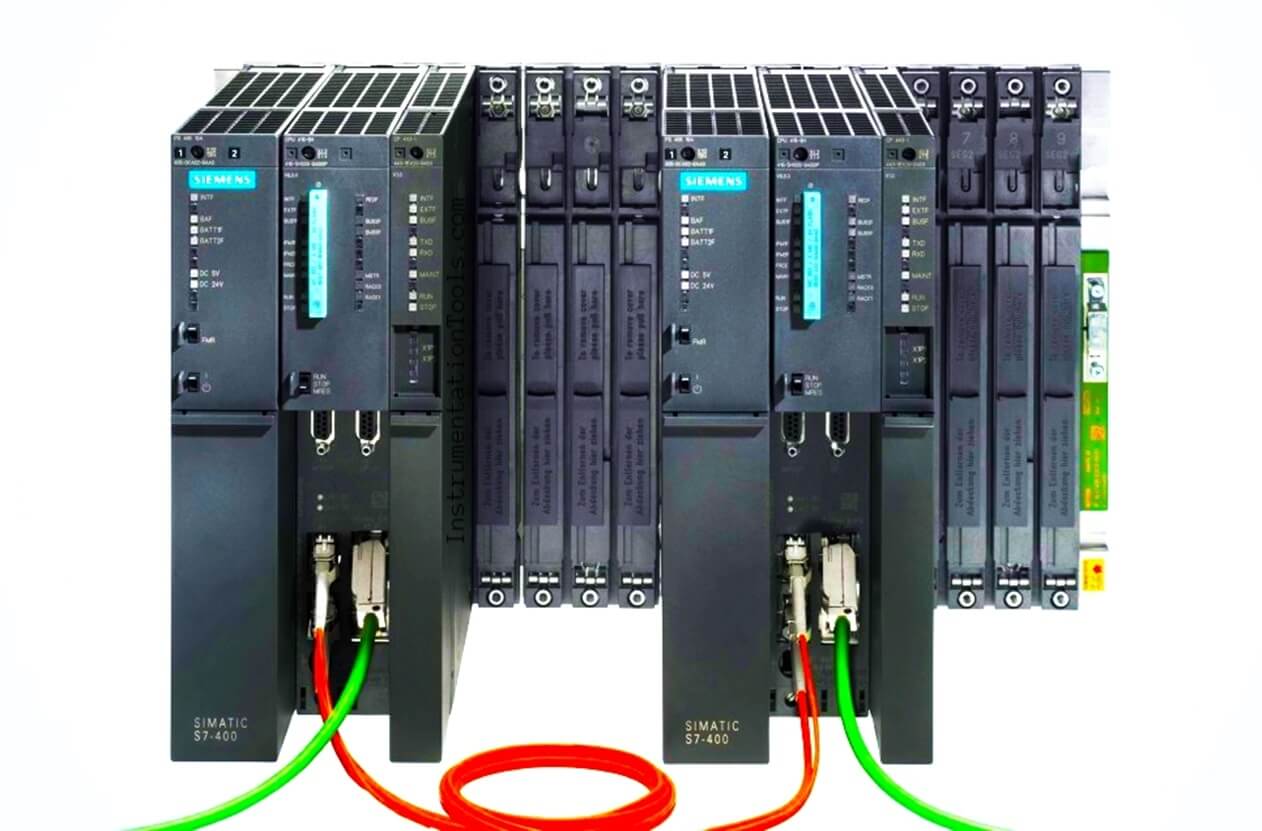
These two components are supposed to perform the same function but they have some priorities.
The primary component is responsible for handling the function and once it fails the backup (secondary) component takes its place to handle the same function without any stoppage.
The Need for Redundancy
The objective of using redundant automation systems is to reduce the risk of production losses, regardless of whether the losses are caused by an error or as a result of maintenance work.
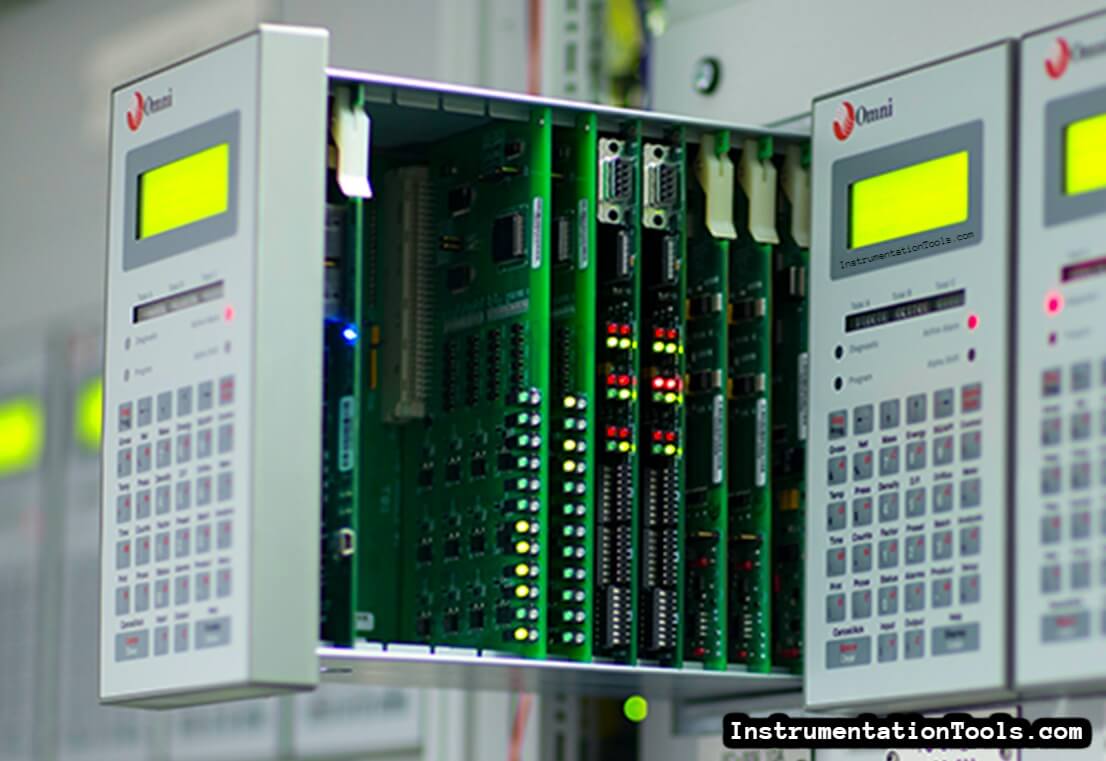
The higher the costs of downtimes, the more worthwhile it is to use a redundant system.
Notice that:
“The generally higher investment costs of redundant systems are quickly returned by the avoidance of production losses.”
Example
A common term in redundancy is “bump”. A “bump” is an interruption in the process such as an unplanned line stoppage, or machine shutdown. Every industrial process is different in terms of what the consequences of a bump are.
As an example:
If you are dealing with a “Gas Metering Station” that is responsible for the accurate metering of natural gas flow, I suppose that you have already know how this process is critical and should be done as accurately as possible.
So, in case of any miscommunication between the flow computer and the measuring instrument (Meter, Transmitters) that would cost you a lot of money as the flow will not be measured.
Here in such a situation, you have to make a redundant system consisting of two or even three Flow Computers, all of them make the same function (measuring gas flow) so when one of them has a “bump” situation, Automatically the other flow computer will start to handle the process and save the measuring readings and data.
System Nodes that Requires Redundancy
Here are some of the system sections that need to be covered with redundancy:
- Physical Networks
- Network Interface Cards (NIC)
- PLC’s
- Output control devices
- OPC Server software
- Physical servers
- Power sources/UPS
Main Advantage of a Redundant System
Achieving redundancy requires a good deal of effort, and it may deter some organizations from putting in the extra work.
But the benefits of redundancy will build trust from the users and make the overall infrastructure more reliable and better than ever. The first benefit that a redundant network offers is uptime or the lack of downtime.
A system that is always up and ready to go is crucial for many (if not all) different industries. The cost of downtime costs the company an average of $5,600 every minute and an average of $300,000 every hour. This number can even be as much as $540,000 per hour.
This isn’t even mentioning the critical operations such as hospitals. System redundancy can prevent downtime that many companies cannot afford.
And on the other hand, we will find that these systems are expensive and it has a kind of complexity but regarding their benefits, for sure the overall system is helpful.
References
- Automation System S7-400H Fault-tolerant Systems
- Colocation America
- Software toolbox
If you liked this article, then please subscribe to our YouTube Channel for Instrumentation, Electrical, PLC, and SCADA video tutorials.
You can also follow us on Facebook and Twitter to receive daily updates.
Read Next:
- Scan Cycle in SIEMENS PLC
- Cloud-Based SCADA Projects
- PLC-based Gas Detection System
- Create New Project in Studio 5000
- Rockwell Allen Bradley PLC Projects
